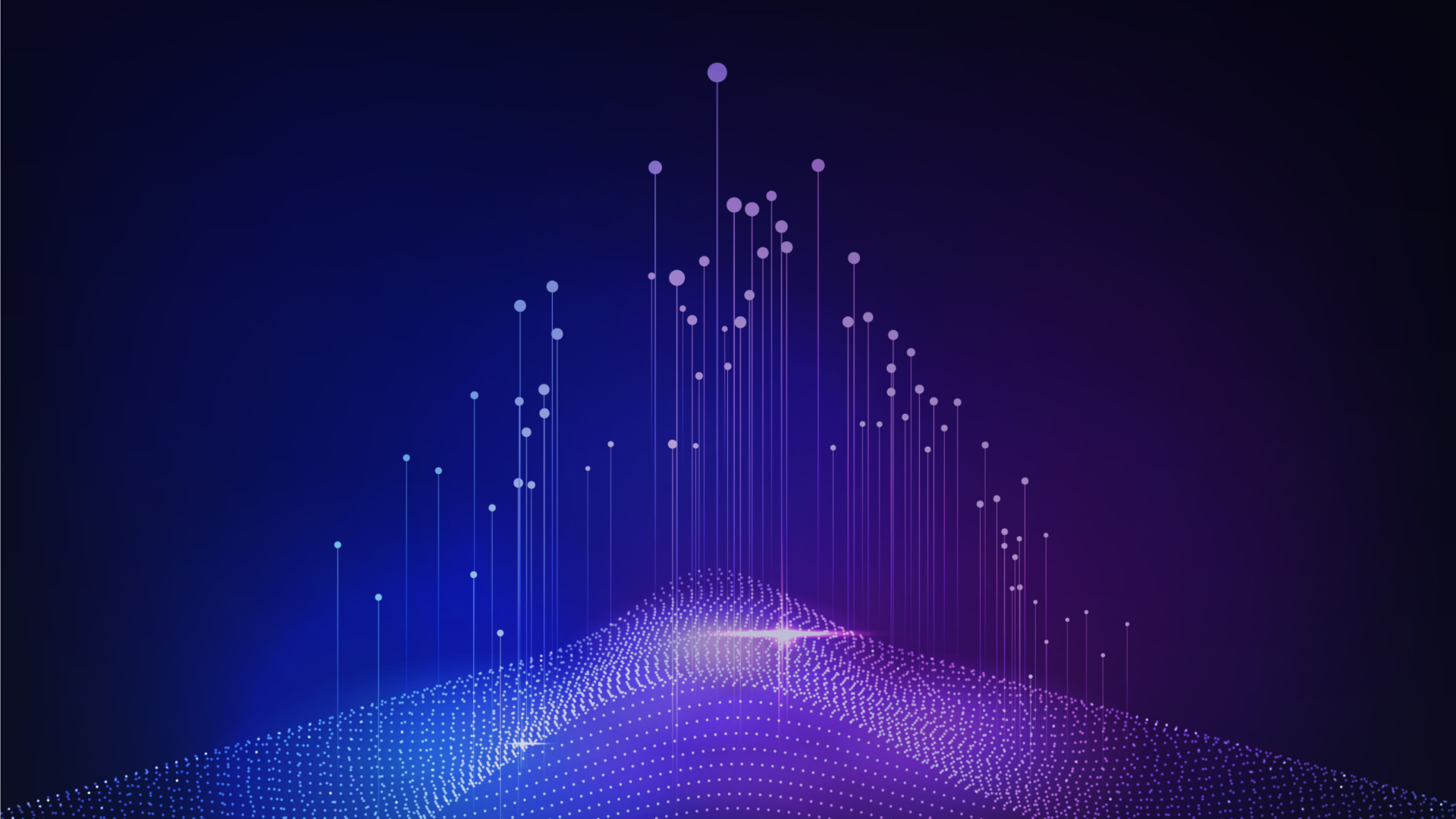
July 10, 2020
Deep Learning Analytics
Author:

CEO & Co-Founder
Reading time:
9 minutes
Nowadays, experts are talking about deep learning in the context of analytics and the possible applications of that technology in the business world. And the truth is, many giants–Yahoo, IBM, Facebook, Google, are very interested in this technology. We are interested too! That’s why we decided to write this article and bring this question closer. Today, we will help you understand the role that deep learning plays in data analytics.
If you are interested in implementing deep learning in your company, take a look at data science services.
The role that deep learning plays in data analytics
In 2014, Google purchased an AI company DeepMind. According to Google, they want it to help them compete against other major tech companies as they all try to gain business advantages by focusing on deep learning. Other companies don’t stay behind. For instance, in 2013, Facebook hired NYU professor Yann LeCunn to lead their new artificial intelligence lab. IBM is developing their Watson supercomputer. Currently, it is working on deep learning technology. Yahoo, also in 2013, acquired a photo analysis startup company LookFlow to lead their new deep learning group[1]. All in all–there’s quite a lot going on in this field! And for a reason.
As you know from one of our previous articles about Machine Learning and Deep Learning, deep learning is an extremely complicated technology based on the way our brain works. It’s a cutting-edge, improved version of machine learning. When it comes to deep learning, it’s based on neural networks (inspired by the human cortex). These networks have:
- An input layer (raw data)
- Hidden layers (they process and combine input data)
- An output layer (that produces the outcome: result, estimation, forecast, etc.)
This high complexity means that, with deep learning, you can solve much more multifaceted problems using more extensive, more complex data sources and big data. But there’s also the other side of the coin.
When deep learning meets business data analytics
At first, it might seem challenging, not to write impossible, to combine machine/deep learning and business data analytics. Why? You see, machine learning and deep learning, unlike business analytics, are not rule-based. This means that conventional business rules will not work with DL/ML-based solutions and algorithms.
Machine/Deep Learning is based on examples and experiences. The DL/ML applications have to be trained to work in the desired way. Therefore, a company that wants to make the most of it has to provide a set of relevant data examples.
All that means that you have to change your way of thinking about business analytics if you want to utilize AI technologies to improve it. To make this endeavor a bit more straightforward, you should start by developing solutions based on careful and diverse testing.
Granted, it’s a hard nut to crack, both for entrepreneurs and data scientists, especially at the beginning of the AI journey, but it simply has to be done if you want to utilize deep learning in an effective way.

How can deep learning enhance analytics?
The fact is, every year, we will see more and more deep learning applications in business and analytics. Even today, deep learning offers the best solutions for many of the AI-related problems that come up in such fields as image recognition, speech recognition, and NLP (if you’re interested in NLP, we have recently published an article “NLP Algorithms“).
Accelerated data science
Accelerated data science is a field of data analytics that utilizes machine learning and deep learning techniques and models to solve complex business/data problems. For instance, accelerated data science can be used to extract customer intelligence and use it in order to improve the product development process. Also, accelerated data science makes it accessible to:
- Make improved decisions
- Optimize the neural networks, making them more useful
- Enhance existing data analytics tools
Digital ecosystems
In the 2018 McKinsey Report Analytics Comes of Age[2] company talks about digital ecosystems where several industry niches will converge to deliver new types of products and services. In such a business scenery, deep learning algorithms will play a key role in:
- Enabling business rules for multi-vendor contracts,
- Regulation of payments systems,
- Provisioning of common services
Such an ecosystem will reduce transaction costs, thus encouraging diverse businesses to outsource business activities. As a result, customers will have access to a rich set of products and services across niches through, what McKinsey calls, “seamless digital experience”.

Big data
According to “Deep learning in big data Analytics: A comparative study”[3] article published by the Computers & Electrical Engineering journal, “Deep learning methods are extensively applied to various fields of science and engineering such as speech recognition, image classifications, and learning methods in language processing. Similarly, traditional data processing techniques have several limitations of processing a large amount of data. In addition, Big Data analytics requires new and sophisticated algorithms based on machine and deep learning techniques to process data in real-time with high accuracy and efficiency.”
Therefore, deep learning algorithms can improve the way we analyze big data. These sophisticated algorithms can do it more quickly and more accurately as well. And this is exactly what we need because big data is so voluminous that it can’t be processed or analyzed using conventional data processing techniques.
Now, let’s take a look at a couple of examples of how deep learning can be used in data analytics.
Fraud detection using deep learning analytics
Fraud detection is one of the most common AI applications in the business world. Simply put, the input layer can comprise the number of transactions or the kind of retailer involved. Having that, and a certain number of transaction amounts, at a certain frequency, with certain types of retailers, will lead us to identify higher fraud risk and do it much more accurately.
Let’s say you own an e-commerce business, and you use a fraud detection application. Every time a customer buys a product, the data about this transaction is sent directly to this application (to its machine/deep learning model to be exact). The machine/deep learning model will generate a recommendation about each transaction. Based on these recommendations, the system can make a decision about it. It can approve it, block it, or mark for manual review. This process is called data scoring. It’s a much faster and more efficient way to analyze incoming data (in our case, about transactions).

Feasibility study for the US Department of Defense
In 2014, the Deep Learning Analytics start-up proposed and executed a feasibility study for the US Department of Defence using deep learning technology.
Their assumption was that deep learning techniques could improve the analysis of radar images. Eventually, the US government asked this company for a proposal to conduct a small feasibility study. They teamed with another company and, within just a few months, delivered promising results. Deep Learning Analytics’ research led the US government to release what is known as a broad area announcement inviting companies to expand on the feasibility study. Nine months later, a Deep Learning Analytics’ prototype was featured at the Defense Advanced Research Projects Agency’ (DARPA) Demo Day at the Pentagon[4].
Without a shadow of a doubt, it was one of the most interesting deep learning applications developed in recent years.
Deep learning analytics in healthcare
This is another fascinating application of deep learning analytics. In late 2019[5] there was published an article that compared traditional and deep learning methods of risk stratification. One word of explanation: Risk stratification in healthcare is the process of assigning a risk status to all patients in a practice.
Actually, it’s quite a complex task, involving a lot of data. Risk stratification is based on data collected from various sources, primarily:
- Medical history
- Health indicators
- Patients’ lifestyle
The idea behind risk stratification is based on addressing population management challenges, individualizing treatment plans, matching risk with levels of care, and aligning the practice with value-based care approaches. All in all–providing better healthcare service to each patient.
There was a study published by the American Journal of Managed Care that showed that deep learning predictive model was much more accurate in pediatric patient risk stratification than traditional methods.

The deep learning analytics model for risk of hospitalization
The researchers behind this project were collecting data for over a year–from 2014 to 2015. In 2016, they developed a deep learning model that predicts a pediatric patient’s risk of hospitalization. The results provided by the deep learning model showed that it performed best compared to all the other models, with an area under the curve of 75.1%. The deep learning application selected the top 10% of high-risk patients and correctly identified 45.2% of them. The other models’ accuracy was at 39.2% and 41.6% respectively. This clearly shows that deep learning analytics is more accurate compared to other, traditional methods.
Also, the deep learning analytics models offer some significant advantages, unable to obtain using traditional models:
- Lack of large investments in human capital. You invest in a deep learning model once, and it works for you for many years. The only investments take place when you want to upgrade or modify your algorithm
- Deep learning analytics eliminates the need for domain knowledge and provider expertise to sort related medical claims into clusters.
- Deep learning models require much less time to produce results.

If you’d like to implement deep learning analytics into your company – drop us a line or call us. We will show you all the benefits of this advanced technology, and guide you through the world of artificial intelligence. Our work has one goal–to help you work in a better, faster, more efficient way. We are waiting for your call!
References
[1] Catherine Shu. Google Acquires Artificial Intelligence Startup DeepMind For More Than $500M. Jan 27, 2014. URL: https://techcrunch.com/2014/01/26/google-deepmind/. Accessed Jul 10, 2020.
[2] McKinsey. Analytics comes of age. URL: https://www.mckinsey.com/business-functions/mckinsey-analytics/our-insights/analytics-comes-of-age. Accessed Jul 10, 2020.
[3] Bilal Jan, Haleem Farman, Murad Khan, Muhammad Imran, Ihtesham Ul Islam, Awais Ahmad, Shaukat Ali, Gwanggil Jeon. Deep learning in big data Analytics: A comparative study. May 2019. URL: https://www.sciencedirect.com/science/article/abs/pii/S0045790617315835. Accessed Jul 10, 2020.
[4] Washingtonpost. Business Rx: The story of how one tiny start-up bested the world’s biggest federal contractors. Aug 24, 2016. URL: https://www.washingtonpost.com/news/on-small-business/wp/2016/08/24/business-rx-the-story-of-how-one-tiny-start-up-bested-the-worlds-biggest-federal-contractors/. Accessed Jul 10, 2020.
[5] Harsh Arora. Deep Learning Bests Traditional Models in Risk Stratification. Nov 21, 2019. URL: https://www.dataversity.net/deep-learning-bests-traditional-models-in-risk-stratification/. Accessed Jul 10, 2020.
Category:




